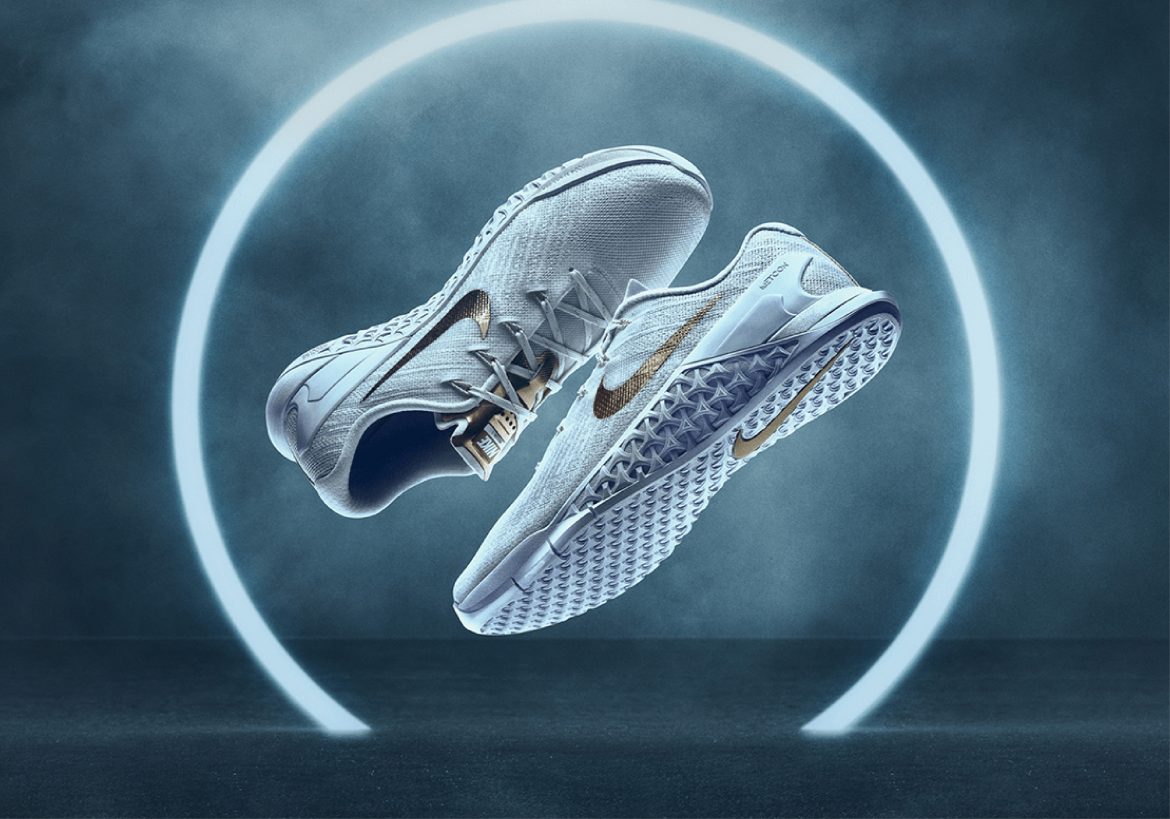Sneakers have moved from being a sporting necessity to an all-day style staple. You're either a runner, a sneaker aficionado, or someone who's simply seeking everyday comfort. Whether you're any of these or simply seeking tips on sneaker sizing and fits, it matters. A correct fit not only boosts comfort but also avoids injury and prolongs shoe life. This guide, especially if you're a sneaker newbie, will take you through the best about sizing, fitting, and the ideal shoe selection.
Why Sneaker Fit Is Important 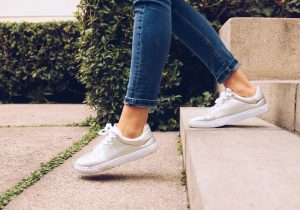
A correctly fitting sneaker gives support, minimizes fatigue, and avoids blisters or foot discomfort. Fitted shoes can be uncomfortable, affect performance, and even result in long-term foot issues. Too tight sneakers can restrict movement or lead to blisters, while too-loose ones may result in instability and chafing.
How Sneaker Sizing Systems Work
Sneaker sizes are not one-size-fits-all-different markets, and companies employ varying size systems. The most prevalent are:
US (United States) Sizing 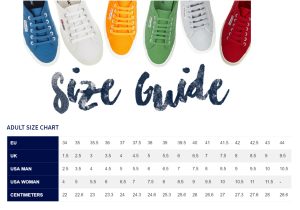
UK (United Kingdom) Sizing
EU (European) Sizing
CM (Centimeter) Sizing (commonly practiced in Japan and by certain brands)
It's worth double-checking the size chart offered by the brand since conversions between these systems aren't always perfect. For instance, a US size 9 is not necessarily equivalent to a UK size nine or an EU size 43.
How to Measure Your Feet Accurately 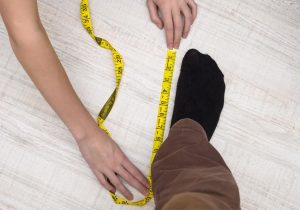
Having your actual foot size is the key to finding sneakers that fit. Here's a step-by-step process you can do at home:
Gather Materials: You'll need a blank sheet of paper, a pen, and a ruler or measuring tape.
Prepare to Measure: Place the paper on a flat surface against a wall. Stand on the paper with your heel touching the wall and your weight evenly distributed.
Trace Your Foot: Mark the tip of your longest toe and the back of your heel.
Take Length Measurement: Use the ruler to take the distance between the two marks. Your foot length is your centimeter or inch measurement.
Take Width Measurement: Take the width of your foot at its widest point (most commonly behind the toes).
Do Both Feet: Both feet are not necessarily equal in size. Always use the measurement of your wider foot.
Check at the Right Time: Take your feet measurements in the evening, since feet swell during the day, to get a better fit.
Interpreting Your Measurements 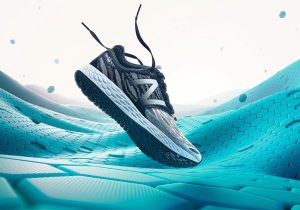
After you have your measurements, match them up with the size chart of the brand. Most sneaker companies include a conversion chart so that you can determine the equivalent size in their system. If you are between sizes, it is usually suggested to go up half a size for comfort, particularly if you will be wearing thicker socks or if your foot is wider than average.
The Importance of Width and Shape
Length is not the sole consideration, and foot shape also counts. Although most brands are limited to standard widths, some include wide or extra-wide sizes. If your side is compressed, search for these alternatives.
Standard Widths: Typically labeled as D for men and B for women. 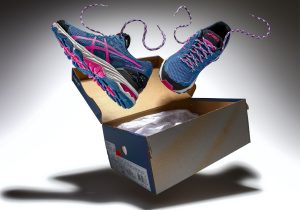
Wide/Extra-Wide: Labeled as 2E, 4E, or W for men; D or W for women.
Your foot shape (high arch, flat, wide, narrow) may also influence a sneaker fit. There are some models or brands that are suited for each foot type, so don't be afraid to experiment with styles.
Key Principles of a Good Sneaker Fit
When trying on sneakers, remember these basic principles:
Snug but Not Tight: Your shoes must fit snugly around your foot without being too tight. There must be no pinching or pressure. 
Room for Toes: Have about a thumb's width (1-1.5 cm) between your longest toe and the shoe tip. This gives your toes room to move and avoids black toenails or blisters.
Heel Lock: Fit the heel comfortably without slipping upwards and downwards during walking. Loose heels may give rise to blisters.
No Pressure Points: Walk and see if any area feels tight or rubs against your foot. These cause discomfort or damage over time.
Wiggle Room: There should be some wiggle space for all of your toes such that you could wiggle all your toes with comfort without striking the tip of the shoe.
Trying On Sneakers: Tips for the Best Fit
Wear the Right Socks: Try on sneakers with the type of socks you'll wear regularly.
Test Both Shoes: Always try on both shoes, as one foot may be larger.
Walk and Move: Walk around the store or your home to assess comfort and support.
Immediate Comfort Check: Sneakers need to be comfortable immediately. In contrast to shoes made of leather, most sneakers do not need a “breaking in” time.
Bringing Orthotics: If you wear custom insoles or orthotics, wear them when fitting sneakers.
Common Mistakes in Sizing and Fit to Avoid
Oversight of Width: Do not pay attention only to length; width also matters, particularly if you have wide or slender feet.
Assuming All Brands Fit the Same: Sizing is not the same across brands and even across different models of the same brand. Always refer to the individual size chart. 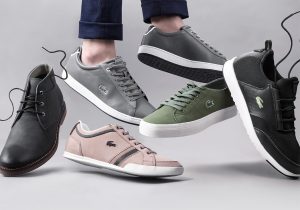
Buying Shoes Too Small: Never purchase sneakers in hopes that they will stretch. Most sneakers, particularly those with synthetic materials, will not significantly expand over time.
Dependence on Lacing Tricks: Lacing adjustments can be used to fine-tune fit, but they will not make up for a shoe that is inherently the wrong size or shape for your foot.
Special Considerations
Waterproof Sneakers or Boots: Waterproof versions should usually be sized up, as these have less give and can feel tighter.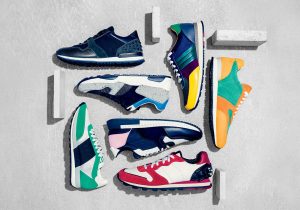
Sports-Specific Sneakers: Running shoes, basketball shoes, and training shoes can each require a unique fit. Running, for instance, might be done in a size slightly larger to allow for foot swelling once active.
Children's Sneakers: Children's feet grow rapidly, so monitor their size frequently and have a little extra room for future growth.
Some Sites to buy Sneakers from :
Here we are mentioning some sites from where you can buy Jewelry from:
FootLocker
Zappos
Stadium Goods 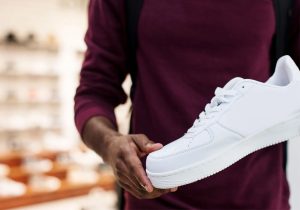
The sites that we have mentioned here are some of the great ones where you can consider options for Sneakers from. But from these sites there is one that we adore the most which is FootLocker which provides an extensive range of Sneakers collection to select from. Rest the decision depends on you which option you wanna go with.
Conclusion:
Discovering the proper sneaker size and fit is both science and a matter of personal taste. While charts and measurements are a good place to start, comfort is subjective. Listen to how your feet feel. A sneaker feels comfortable and supports your foot; it's probably the correct choice.
A well-fitting sneaker can make a world of difference in your daily comfort and performance. Spend some time measuring, trying on different brands, and listening to your individual foot shape. Your feet will appreciate it.
Shop Now